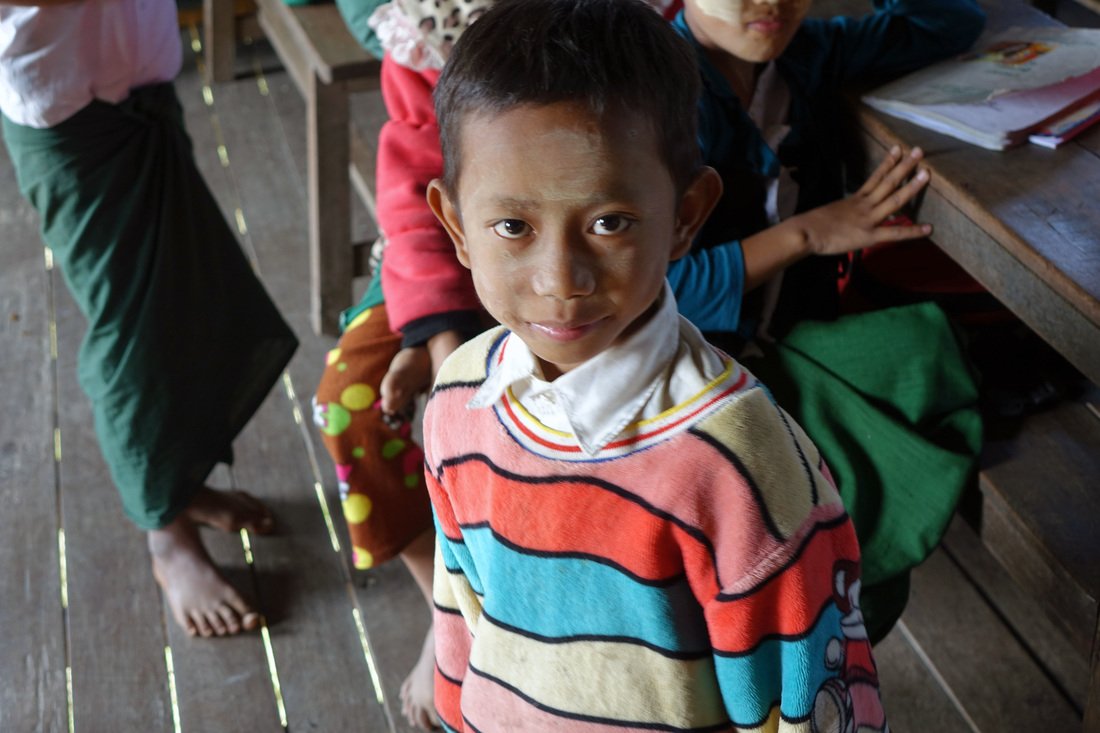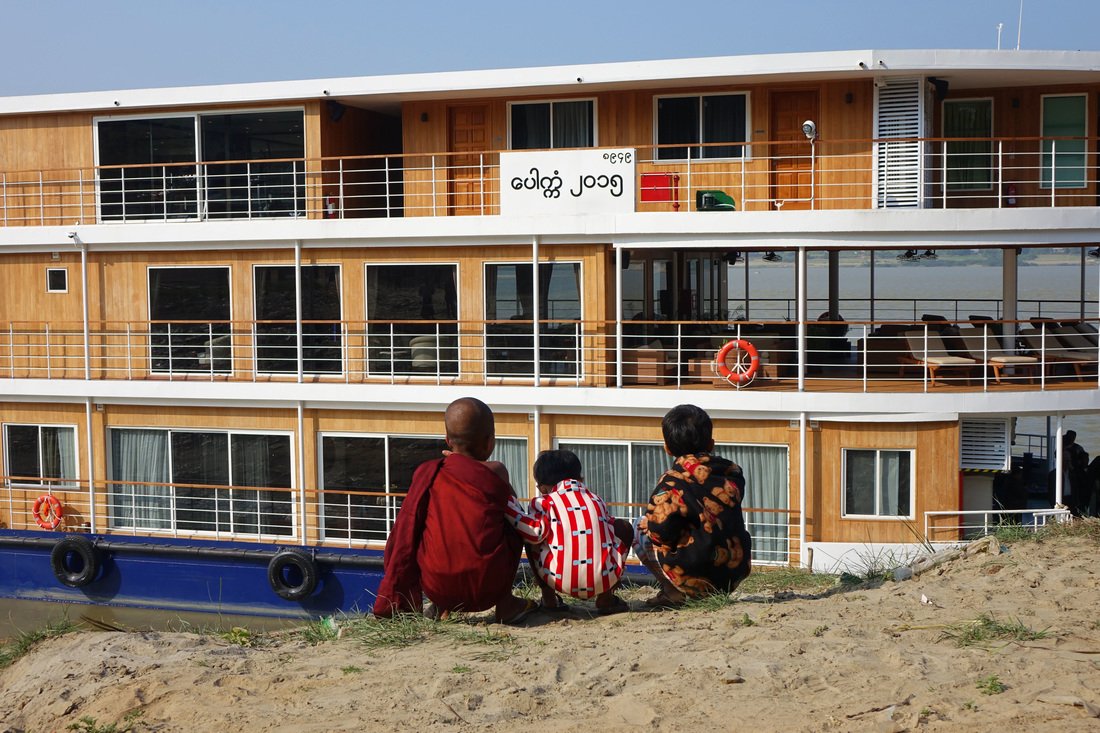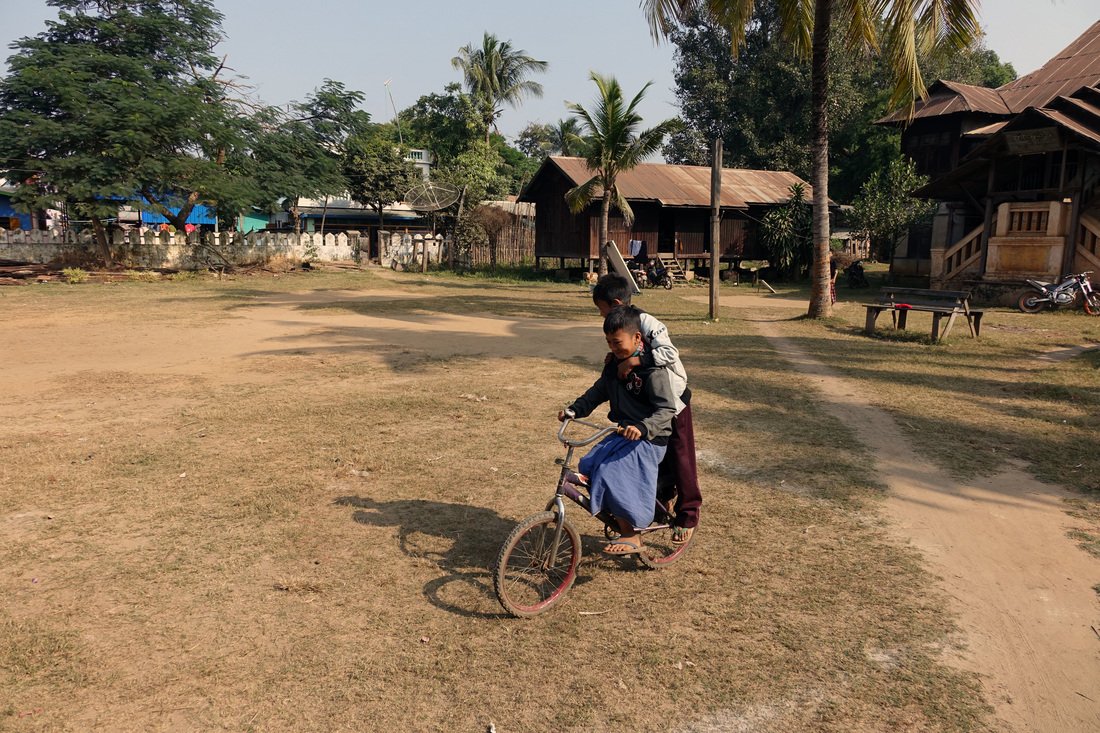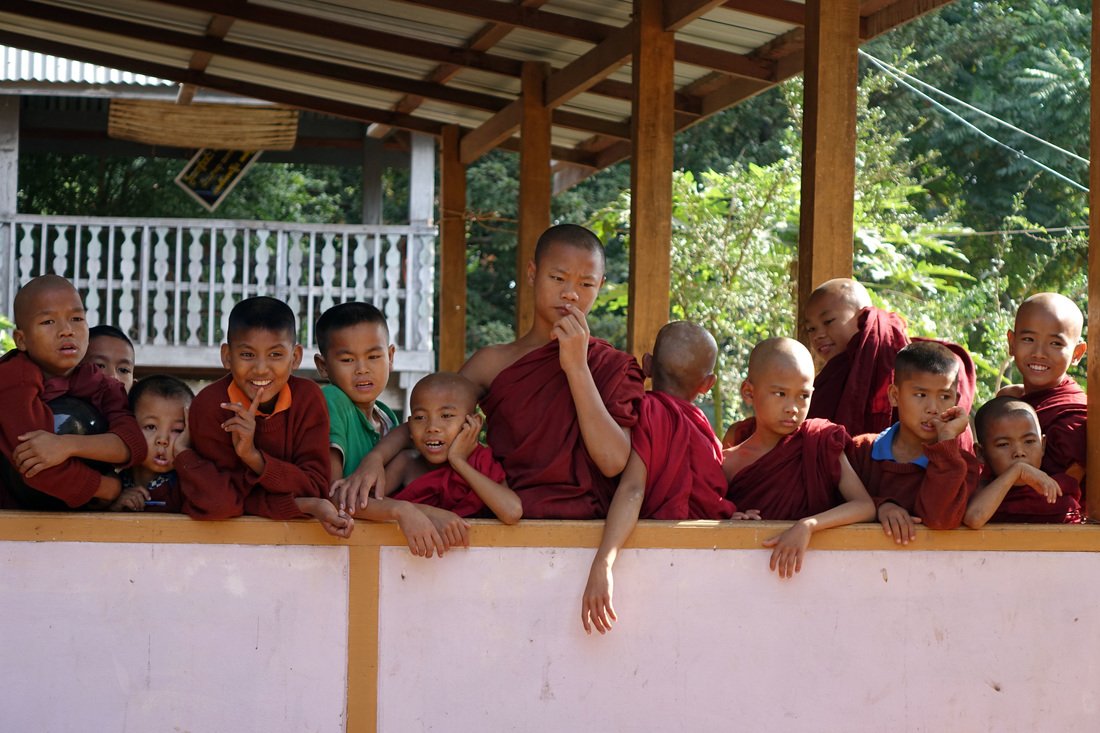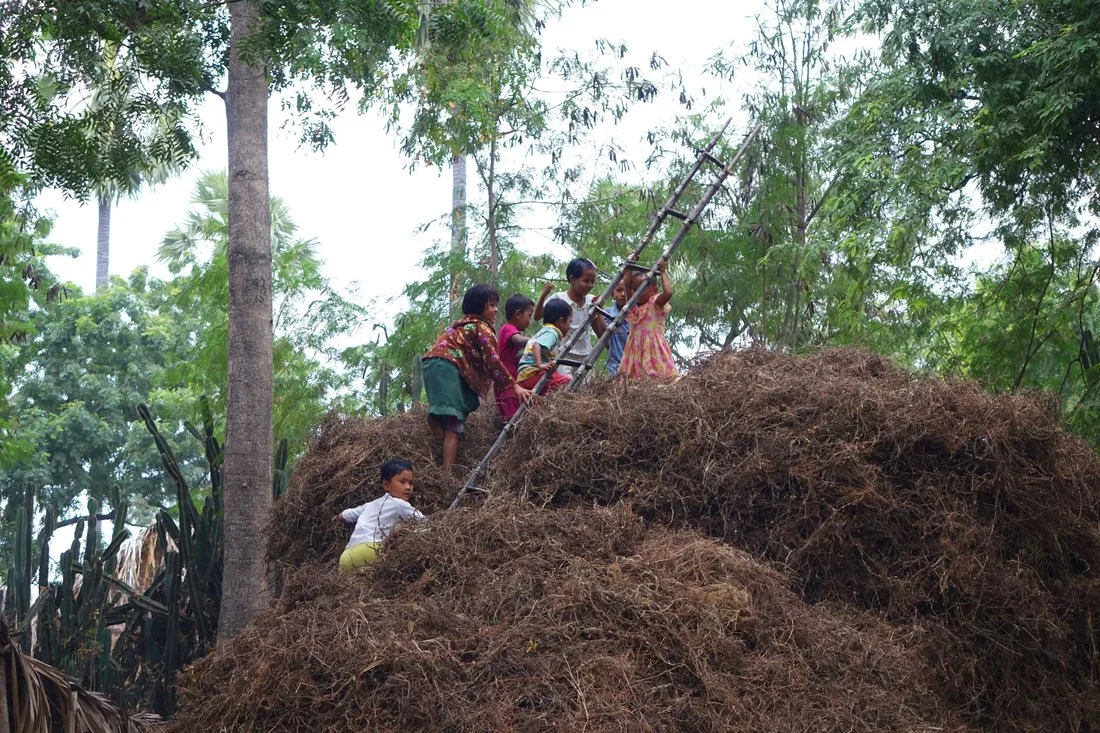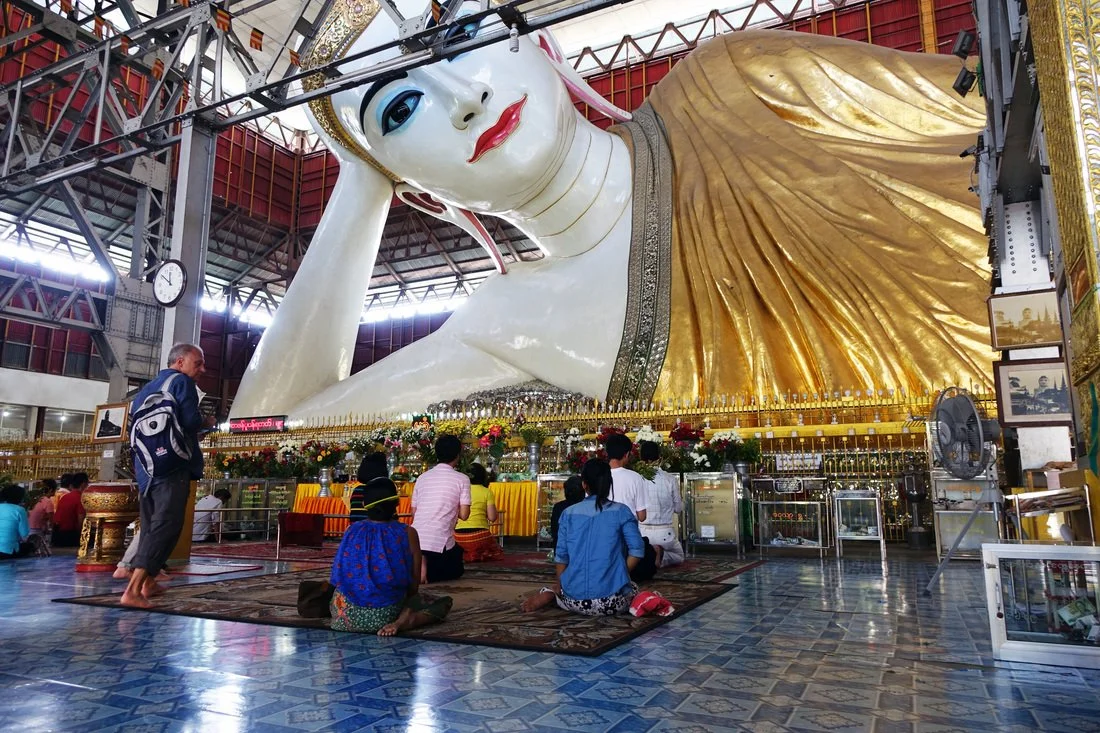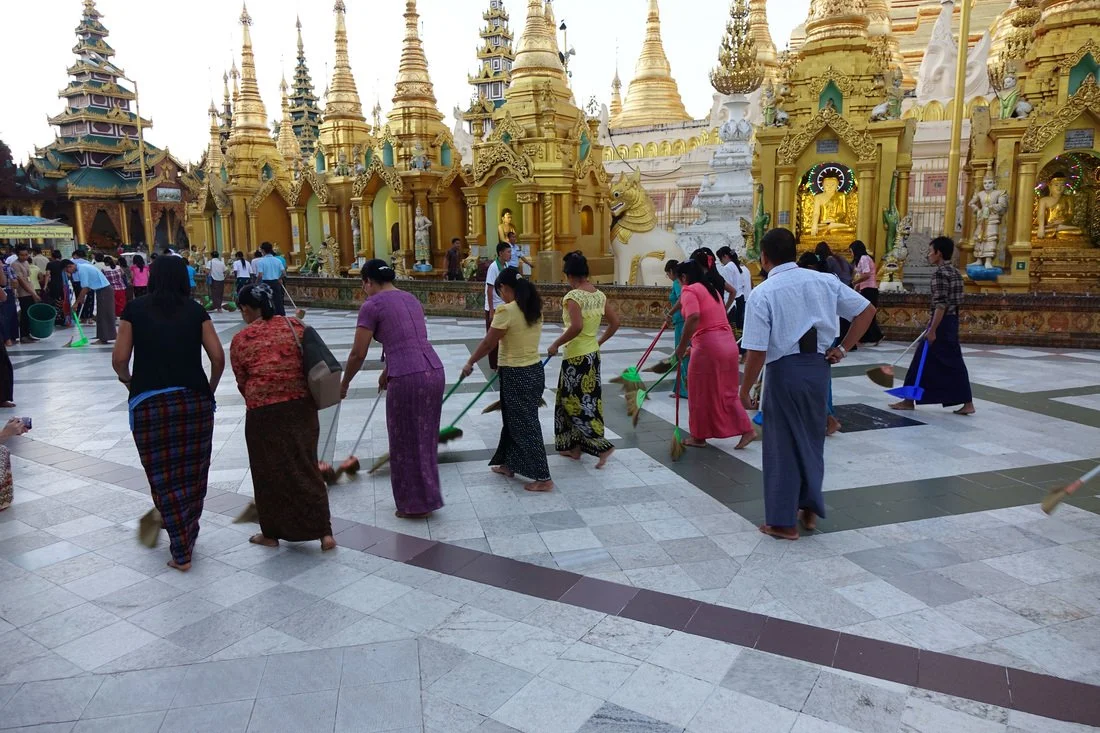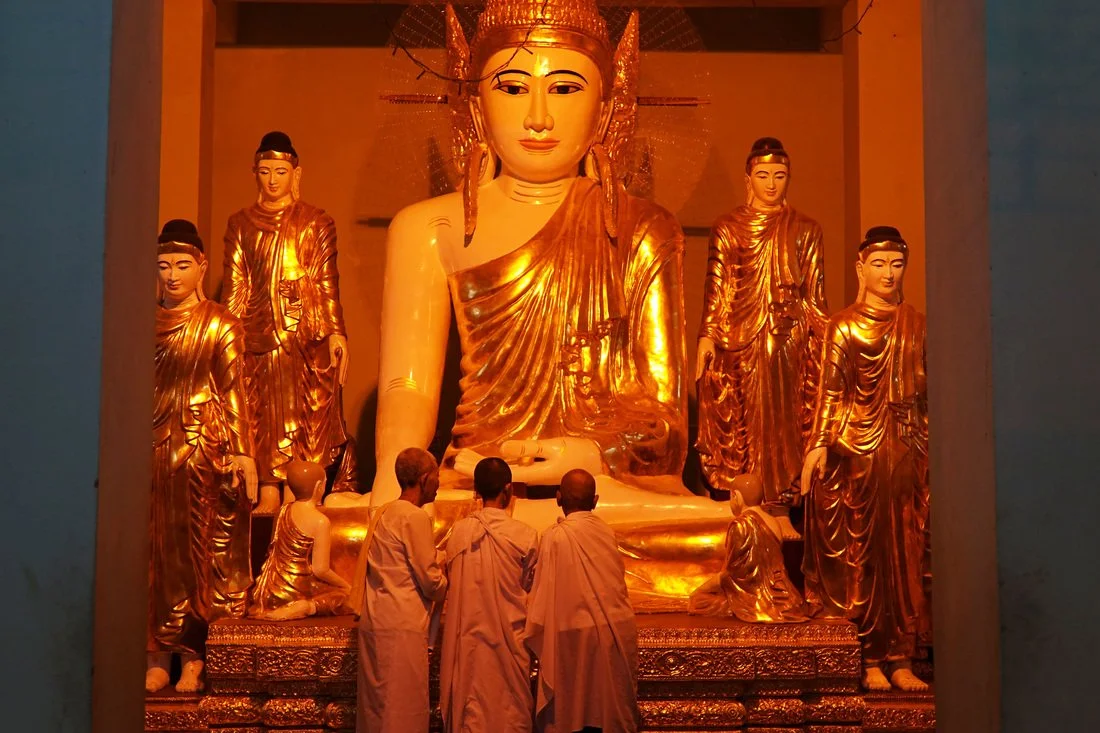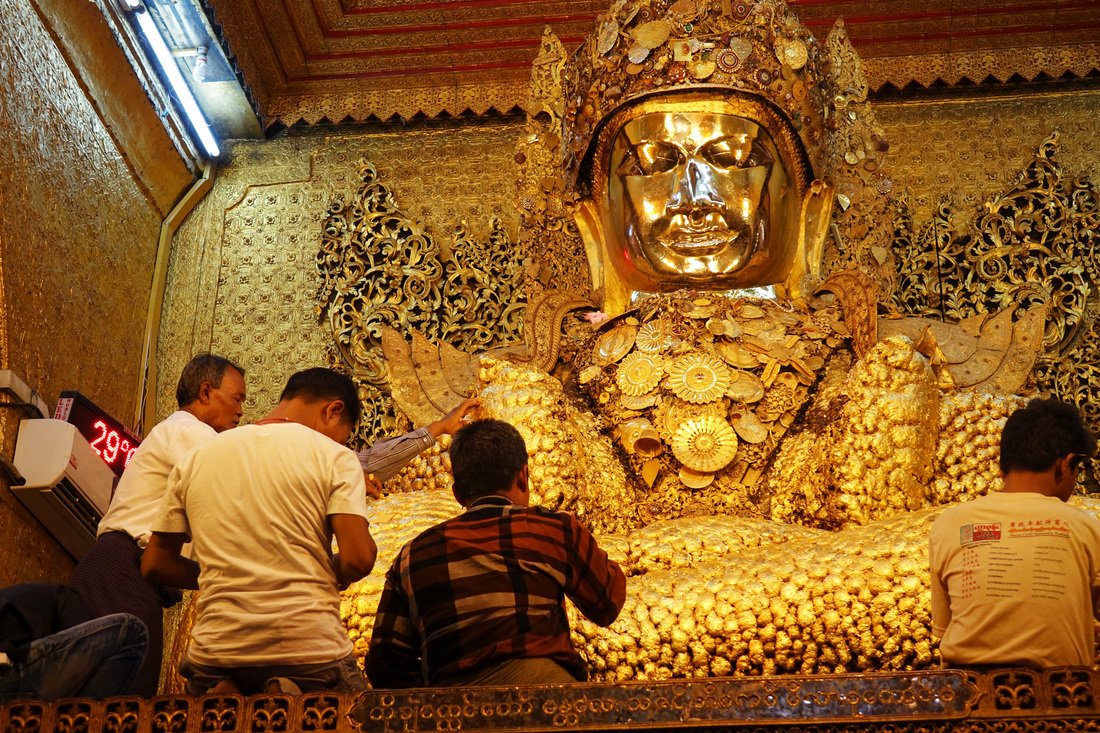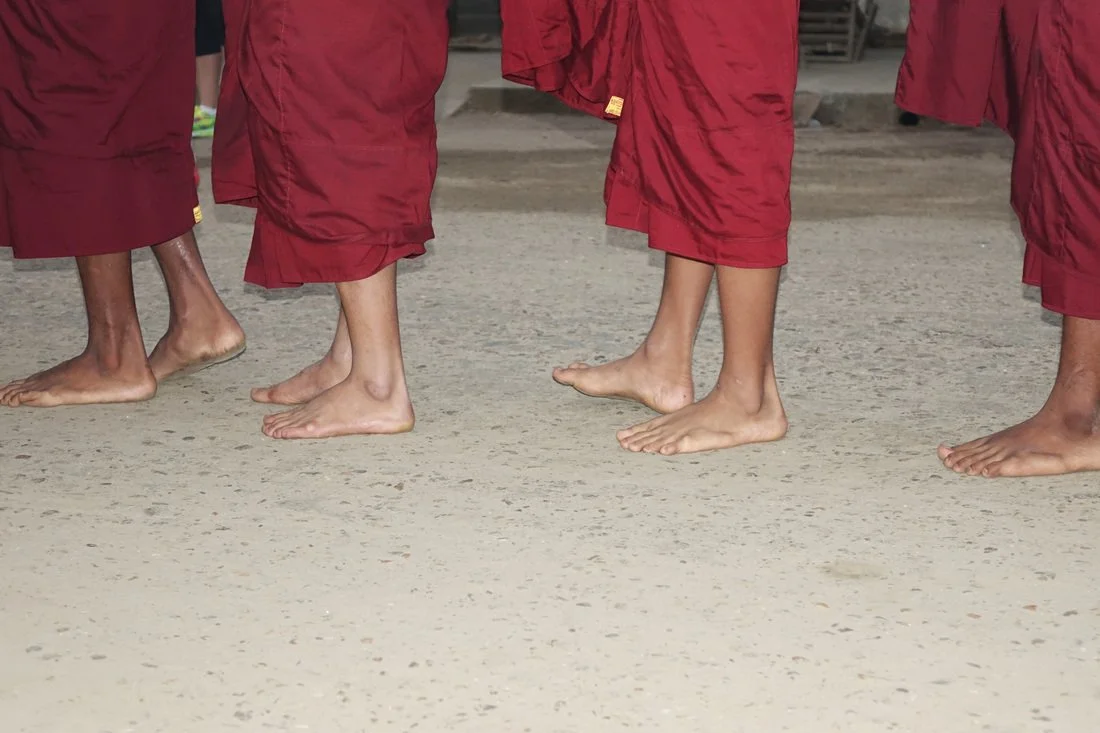Our Trip to Burma. A Series in Postcards. Parts 1 and 2: The Children and Religion
Burma is an enchanting land in the middle of a transformation. After decades of harsh rule under a military junta, the Burmese people are riding a wave of optimism as the country, also known as Myanmar, transitions toward a more open relationship with the Western world, and a new government promises more political and economic freedoms.
I was lucky to visit Burma during an adventurous Irrawaddy River cruise with Avalon Waterways on its new ship Avalon Myanmar. It was an amazing experience, seeing a land with such a unique history and people unfailingly friendly and welcoming. Most Burmese people are as interested in new visitors to their little-seen farming and crafts trade villages as we are in seeing how they live and their proud traditions.
In a five-part series on In The Loop Travel, I will offer my "Postcards of Burma" to showcase the country and its beautiful people. The series highlights photos that depict Burma's Children, Beliefs, Agriculture, Daily Life and Cultural Touchstones.
Please enjoy, and always travel happy!
JR
Children
A young student stopped by to say “hi” as I visited a small one-room schoolhouse in the countryside in the fishing village of Kyun Daw, an island in the Irrawaddy River that is home to about 250 families. The school holds classes of 16 to 40 kids, first-graders through fifth-graders, being given instruction simultaneously by five teachers. The kids were incredibly well-behaved and loved having visitors. They burst into their favorite songs to welcome us.
Avalon Myanmar is anchored offshore in Kya Hnyat as three children gather to see the interesting new river boat. When we came ashore at a new village each day, curious children would greet us, smiling. In Kya Hnyat, a small group of kids followed us throughout the day to see what we were up to. I wondered whether their parents missed them, but the villages look after the children, who are mostly free to wander and explore as they wish in Burma. I soon learned that this was a normal thing.
Two boys dart across a soccer field on a bike after a soccer game wrapped up at the orphanage we visited in Kya Hnyat. I loved this photo because it represents the joy I consistently saw in the children of Burma no matter what their circumstances. The country is rife with poverty, yet kids were always happy and playing.
Young monks gather at the porch of a monastery in Kya Hnyat as we ready our offerings. We presented alms to the monks and watched them eat, which sounds strange, but it is common for laypeople to watch monks eat in Burma. They eat twice a day, in early morning and before noon. Each Buddhist male spends at least part of his life as a monk.
A monk watches the monastery's elder monks eat first. The young monks must wait for the elders to eat before they can have their meals. Monks rely solely on donations for their food.
At the traditional farming village of Shwe Pyi Thar, we saw residents living in the open air, processing peanuts and making candies from sap from the toddy palm trees that populate the region. Men, women and children all were performing work. But the youngest kids roamed the village, playing soccer and playing to our cameras. These daredevil youngsters showed off their climbing ability, scrambling to the top of a frighteningly large pile of peanut vines to jump around. I was worried they would tumble off. A village woman, also concerned, let loose with a scolding, telling them to get down.
Religion
A large reclining Buddha is the main attraction at Chaukhtatgyi Temple. About 90 percent of the people in Burma practice Buddhism. Worshippers gather daily at the reclining Buddha, which is located in a large warehouse-style facility that also houses several other smaller shrines.
A young Buddhist worships at the large 150-year-old Bodhi tree just inside the walls and on the terrace at Shwedagon Pagoda in Yangon. Bodhi trees are important because Buddha is said to have gained enlightenment as he sat under such a tree in India.
Each night sweepers clean the giant marble terrace at the site of Shwedagon Pagoda. The tight and orderly formation of men and women work to earn "spiritual credit" for helping to keep one of the country's most sacred icons in pristine condition.
Nuns gather at sunset to worship at a shrine of Buddha at Shwedagon Pagoda in Yangon.
Worshippers visit the image of Buddha in Mahamuni Pagoda in Mandalay. Buddhist men apply gold leaf to the Buddha in a bid for favor or good luck. Women are not allowed to approach this Buddha image, so they ask men to apply the gold leaf for them. More than 9 inches of gold has been added to the statue since 1901.
A child is encouraged to rub a bronze elephant statue at the pagoda in Bagan. In Buddhism, elephants are symbols of mental and physical strength. People come to rub the elephant in hopes that this will heal an ailment in the same region of the worshipper's body.
A procession of monks walk through the village of Katha to receive alms at daybreak. Buddhist monks eat twice a day and rely on generosity of other villagers for their meals.

